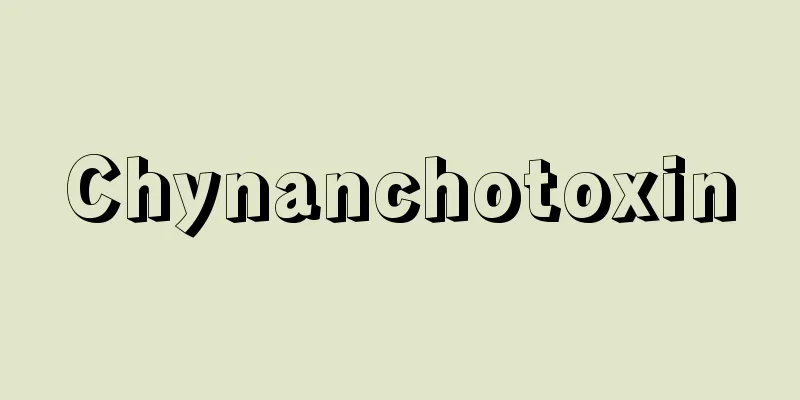Chynanchotoxin

|
...The fruit is divided into eight segments, and is liquid-like, turning black-purple when ripe. The roots contain a large amount of potassium nitrate and the alkaloid chynanchotoxin, making it a poisonous plant, but in traditional Chinese medicine it is called shang lu and used as a diuretic. The leaves are edible, and have a spicy taste, but eating large amounts is not recommended. *Some of the terminology that mentions "chynanchotoxin" is listed below. Source | Heibonsha World Encyclopedia 2nd Edition | Information |
|
…果実は8個の分果に分かれ,液質で熟すと黒紫色になる。根に多量の硝酸カリとアルカロイドのキナンコトキシンchynanchotoxinを含み,有毒植物であるが,漢方では商陸(しようりく)と呼び,利尿薬として使われる。葉は食用にされ,辛味があって美味であるが,多量に食べるのはよくない。… ※「chynanchotoxin」について言及している用語解説の一部を掲載しています。 出典|株式会社平凡社世界大百科事典 第2版について | 情報 |
Recommend
Fujio Egami
Biochemist. Born in Tokyo on November 21, 1910. G...
ESR - Kechin
Abbreviation for erythrocyte sedimentation reacti...
straight
〘noun〙 (adjective) (straight)① Something that is s...
Kanze Saburo (Motoshige)
...He was commonly known as Saburo, and his real ...
Arabia Felix
...These kingdoms are collectively called the anc...
marginal swell
...This depression is thought to be a fault forma...
Risk of Damage - Risk of Damage
In a bilateral contract such as a sale, if one pa...
Ifjo - Ifjo
…Khan's conversion to the Yellow Hat sect was...
Red fish (akahata) - Red fish
...The body is pale pink or crimson red, with fiv...
Self-sufficient farmer - Jisakunou
In a general and broad sense, owner-farmers refer...
Allomone
Kairomones are substances that are generally call...
Wu Dao Xuan
Date of birth and death unknown. Painter of the T...
The Hundred Years' War
The Hundred Years' War is a state of conflict...
Soufflot, Jacques-Germain
Born: July 22, 1713 Irancy Died July 29, 1780. Fre...
Ezogaroamushi - Ezogaroamushi
...It is distributed in Japan, the Korean Peninsu...









